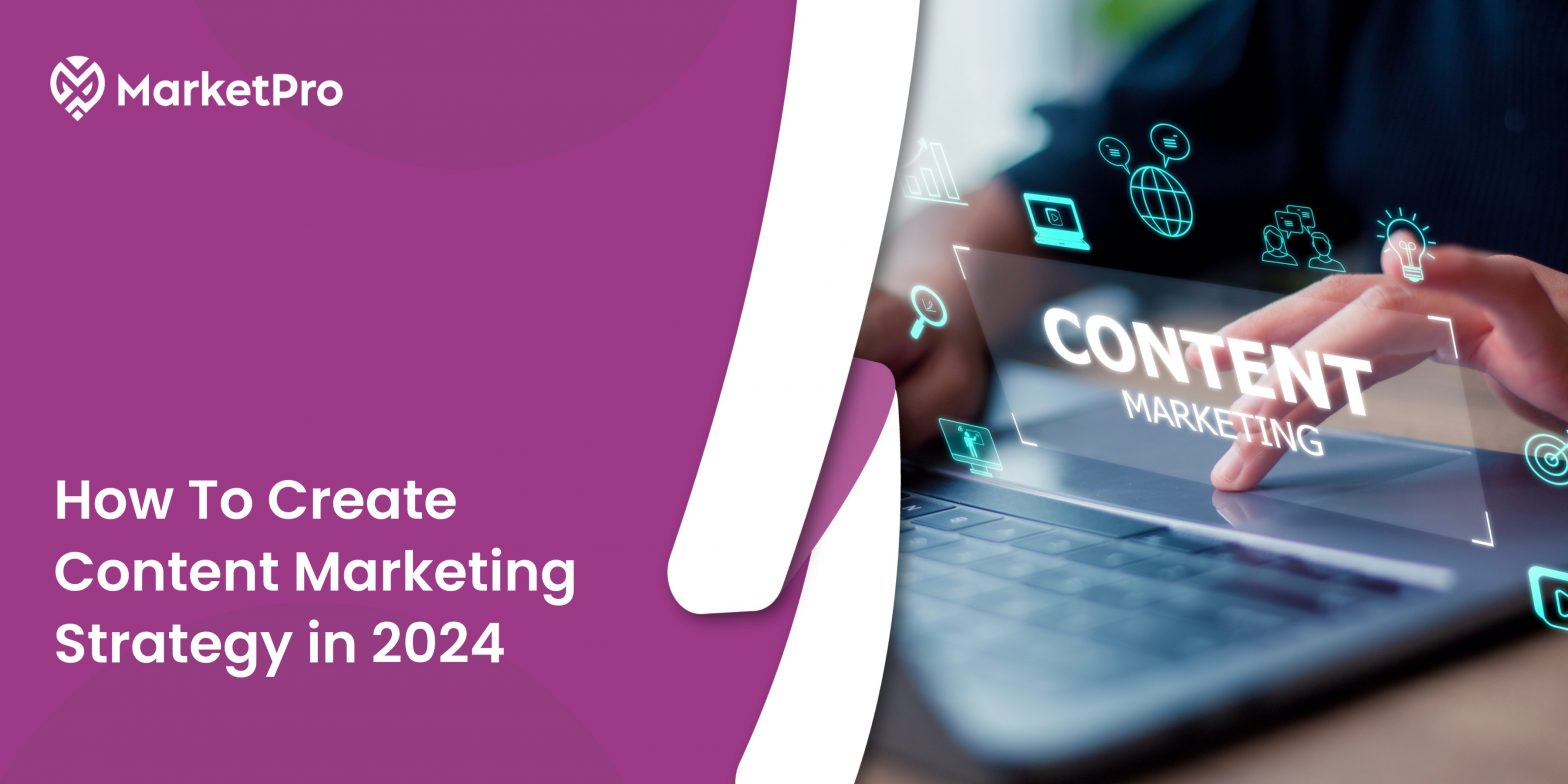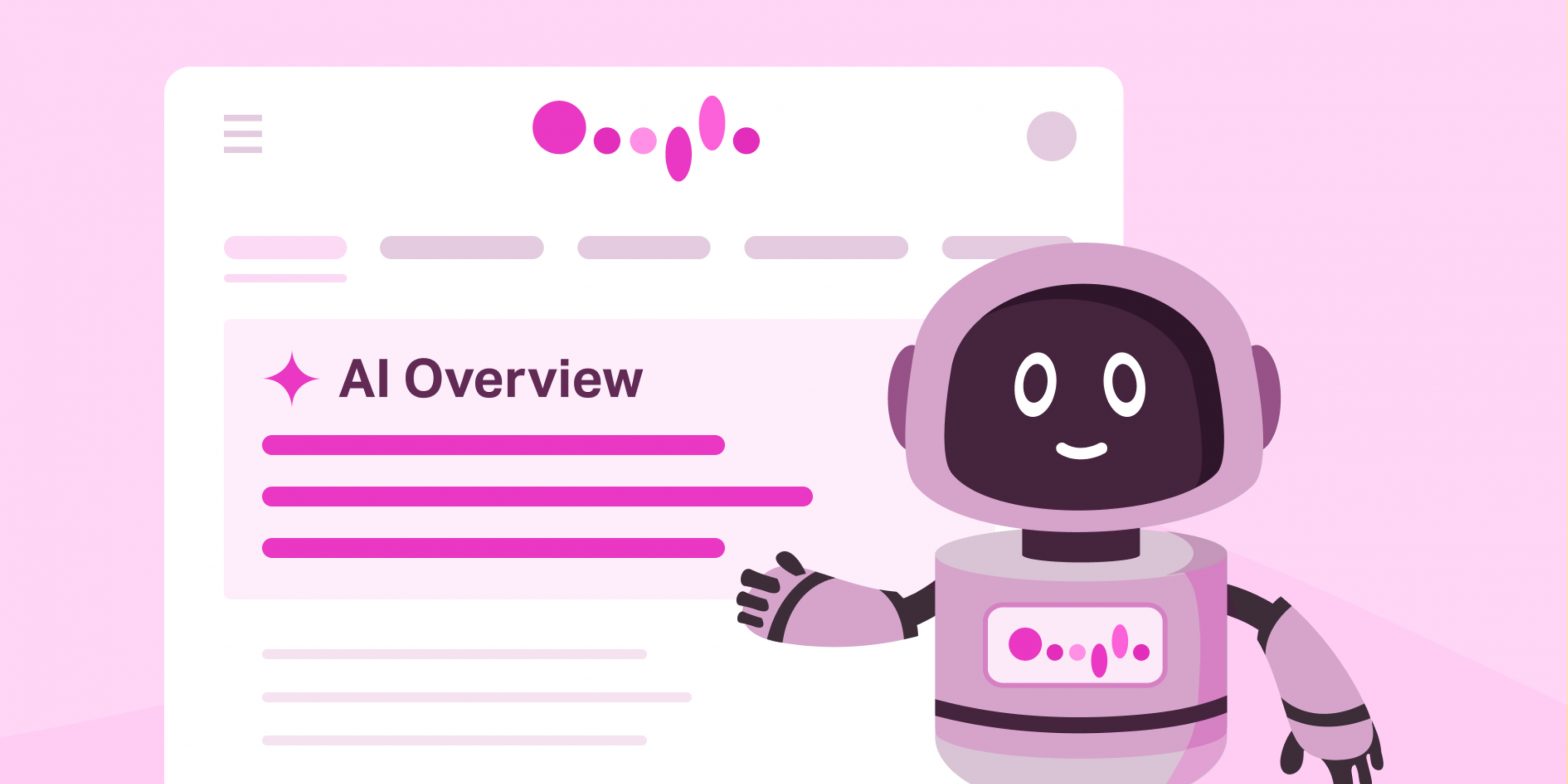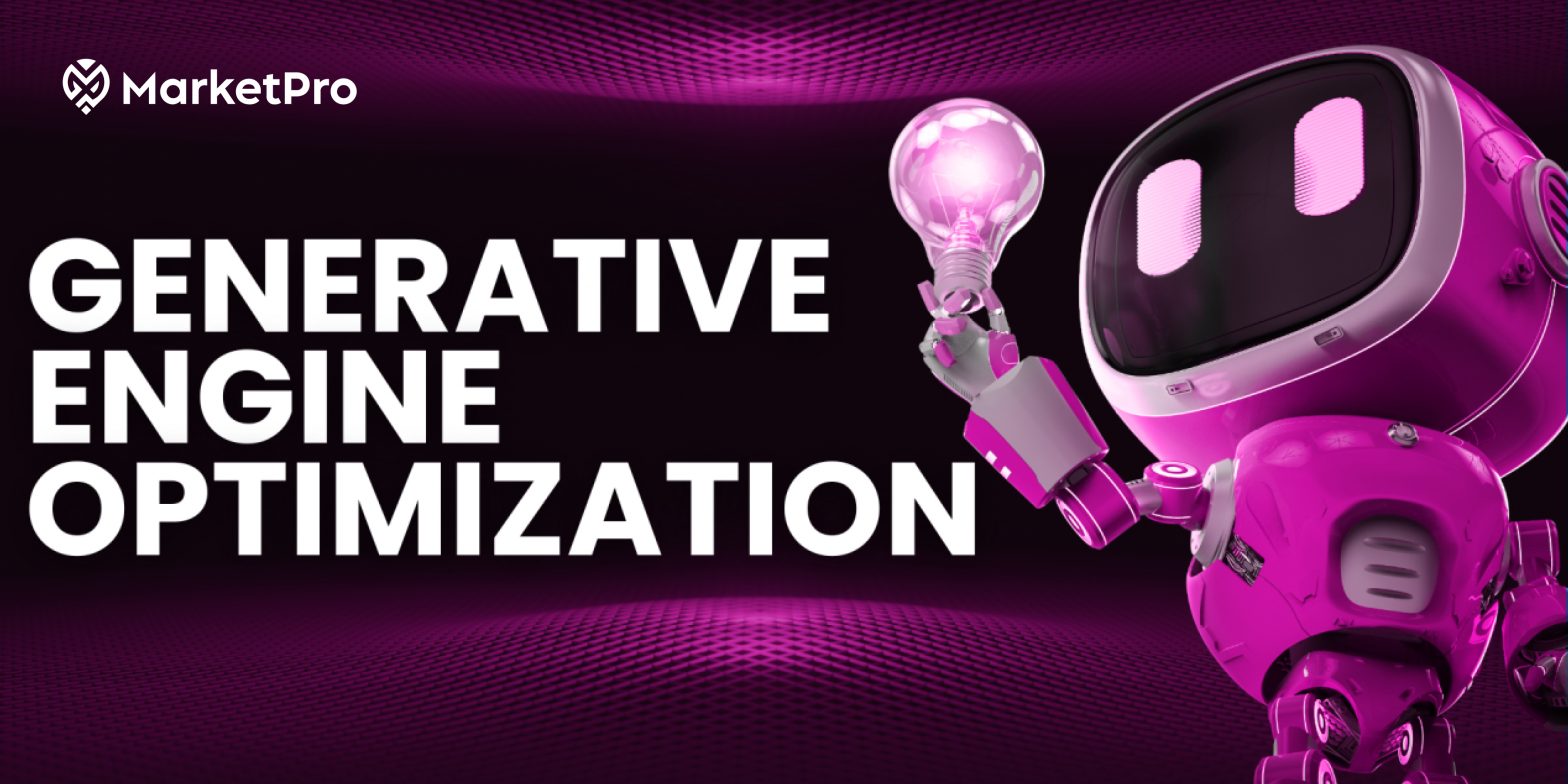Content is the most important thing in the marketing world. But sometimes, a lack of planning and thoughtful strategy can result in scattered content, leading to a highly ineffective approach.
Content marketing strategies aren’t about being present on every possible channel. Their success hinges on how effectively a brand gets the best out of its available resources and integrates them towards a common goal. Ultimately, the objective is to guide prospects smoothly through the sales funnel.
Content marketing strategy focuses on creating a marketing machine that aligns buyers’ journey and marketing funnel stages towards the same goal (conversion). This blog will outline some of the important aspects of content marketing strategies.
Content Strategy Vs. Content Marketing: The Key Difference
Content marketing relates to creating different content in multiple marketing channels, such as writing articles, gated content, videos or publishing social media content.
Content strategy, on the other side, plans how to tie different content formats and channels that lead toward the same goal. Content strategists analyze customer personas and devise a roadmap that reaches them perfectly across the different stages of the buyer’s journey.
Ultimately, content strategists linked all the content from blogs and e-books to webinars. They tested different scenarios to predict which strategy would bring them success in creating initial brand awareness, converting leads, closing customers and eventually developing the overall brand success.
How Does Content Strategy (A.C.D) Model Work?
Now we know the content strategy is not all about publishing content in different marketing channels. Let’s see how it takes the existing content resources and repurposes them into cohesive marketing collateral that drives conversions and leads.
According to 74% of companies, content marketing boosts lead generation rate.
Content marketing strategy focuses on buyer journey stages and ensures how to move their prospects from Awareness A, Consideration C to the Decision D stage.
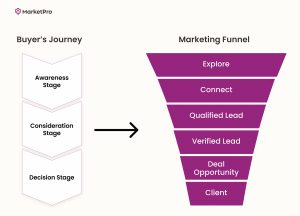
Now, let’s see how these different stages work with marketing channels to provide tailored messages and a unified organic marketing experience to every stage of the buyer’s journey.
Awareness Stage -> Top-of-the-Funnel (TOFU) Content
The awareness stage usually deals with top-of-the-funnel sections to drive visitors to the website by capturing their interest, eventually setting the stage for them to potentially become leads as they progress through the sales funnel.
Now, in this stage, various strategies come into the stretch, including Outsource SEO services and B2B content writing across blogs, social media and other website content. This stage marks the beginning of the buyer’s journey and addresses their pain points with messaging that resonates with their business problems.
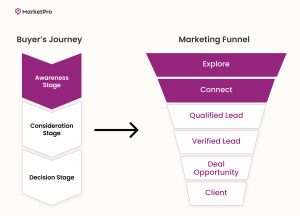
This stage works on highlighting the challenges and helping potential customers get the right solution. The goal is to create a content marketing strategy that aligns current topics with business goals.
Top of the funnel content usually includes:
- Series of Blog posts.
- E-books
- Social media posts
- Short-form videos
Consideration Stage -> Middle of the Funnel (MOFU) Content
Now that the potential customer has moved beyond the awareness stage indicated by actions such as signing up for business lead magnets or downloading an ebook, they are entering the consideration stage and actively evaluating your product or service.
However, hardly half of the work has been done yet. The potential customers might be exploring solutions to their problems, visiting your business website, or managing to see branded content. But they are still not ready to make a decision.
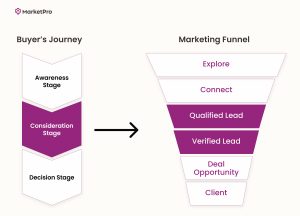
Businesses must provide content that educates and gives valuable information that impresses their prospects and converts them from general leads to Marketing or Sales Qualified Leads (MQL or SQL).
Some of the middle-of-the-funnel content can be:
- Product demos
- Webinars
- Case studies
- Testimonials
- Email newsletters
Decision Stage -> Bottom of the Funnel (BOFU) Content
The bottom of the funnel is to get hands-on conversions and grab the opportunity to earn customers.
After building awareness and consideration among prospects with aligned strategies such as e-books, webinars, and a series of related blogs or email messages, it’s now time to engage in a direct conversation with the customer.
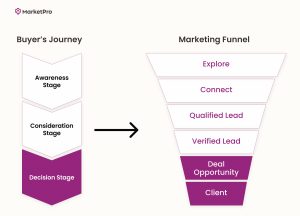
However, this is not an easy stage. Most marketers lose their qualified leads at this stage. Direct responsive content and personalized messaging tone are crucial in this stage.
Bottom of the funnel content types are:
- Consultation session
- Product workshops
- Pricing pages
- Free trials
Remember, lead generation magnets like discount coupons, email newsletters, and workshops are core components in increasing leads-to-customer conversion rates, complementing revenue marketing goals.
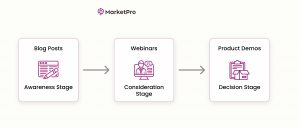
Now that we have discussed the combined working of the buying journey and marketing channels under content marketing strategy.
Let’s discuss how to create a flawless content marketing strategy.
Steps To Create Your Next Content Marketing Strategy
- Set SMART goals
- Find the target audience and their buying journey
- Decide types of content formats
- Pick relevant marketing channels
- Plan your event-based content
- Assess and measure results
Many content marketers allocate over 10% of their marketing budget specifically to content.
1. Set SMART Goals
The first step of digital content marketing is to set SMART goals. All the content initiatives and efforts aim to achieve these goals. This saves them time and resources to keep marketers glued to their content marketing goals.
One example of a SMART goal that should be attained in the next quarter is:
5 New Customers
20 New Leads
2,000 Monthly Visitors
2. Find the Target Audience and their Buying Journey
Creating a content strategy without clearly knowing the target audience is absolutely baseless.
Instead of considering a broad audience, content strategists should focus on tailored building buyer personas and creating content marketing solutions that clearly identify their buyer journey.
Creating their buyer personas and understanding their buying journey helps them create content that rightly resonates with them. Examining their problems and needs helps them create specialized content.
3. Decide Types of Content Formats
The next phase is to decide which content format will highly resonate with their target audience. Businesses conduct content audits and see which resources and materials they already have to put under their strategy.
Types of content can be blog posts, user-generated content, and other technical gated content to see which one makes more impact at different stages of the buyer journey.
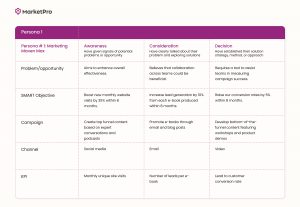
4. Pick Relevant Marketing Channels
Once the content is decided, it’s time to pick marketing channels that will prove effective for content marketing strategies.
Content strategists will decide on different marketing channels like b2b email marketing, social platforms or website blogs based on the content they are going out with.
5. Plan Your Event-Based Content
This stage involves event-based audits to outline content according to upcoming priorities, setting future blog topics, social media campaigns, and other inbound marketing efforts tailored to buyer personas.
This helps them schedule content to cater to specific events while distributing them on the right content channels.
6. Assess and Measure Results
The last stage is analyzing and measuring results. Examine which strategies work and what adjustments need to be made to achieve their set goals and metrics.
This stage also includes the A/B testing phase to see which content marketing strategy or process needs improvements to earn SMART goals and (Key-Performance-Indicators) KPIs better for the future phase.
Wrapping Up: What’s Next For Content Marketing World
Many B2B content marketing agencies provide expertise in writing exceptional content marketing strategies that take the visitors from leads to customers and eventually make them brand evangelists. According to Seth Godin, “Content marketing is the only marketing that is left”, and their impact certainly vouches for that. To conclude, content marketing strategies have the power to align businesses with different marketing collateral and optimize them for better lead generation results.
With Market Pro, you can craft a content marketing strategy that pinpoints your ideal customers and boosts lead-to-customer conversion rates.
